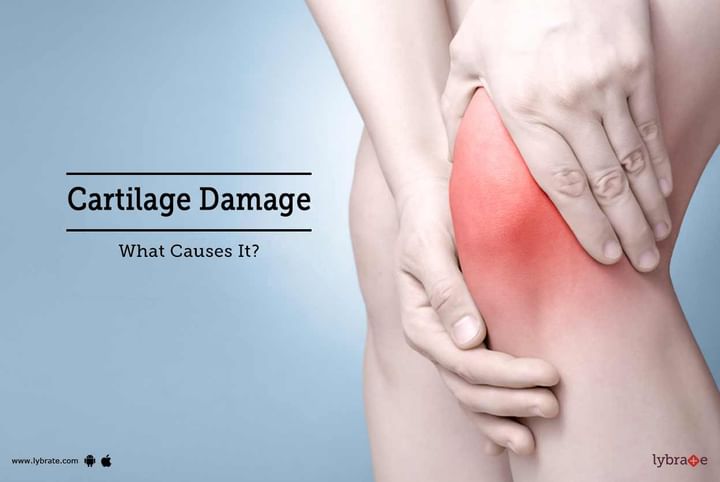Cartilage Damage - What Causes It?
Cartilage is a fine, rubbery elastic tissue that acts as cushion between the bones in the joint spaces. It is a connective tissue and enables the joints to move freely and smoothly. It acts as a shock absorber and reduces the friction between the joints. This cartilage could either be damaged as a result of injury or degeneration as part of normal ageing process. Either of this causes friction during joint movement, causing painful, stiff movements and in some cases, even swelling of the joint spaces.
There is also a covering around the joints known as synovium. When there is a cartilage damage, this synovium is irritated, leading to increased secretion of synovial fluid, which can cause swelling in joints. There is also reduction in the range of motion of the affected joint.
Most commonly affected joints include knees, hips, shoulders, elbows and ankles. Other than degeneration that happens with ageing, cartilage damage is mainly caused by injury or trauma including fall/impact, joint dislocation, infection, ligament tear, meniscus tear, and inflammation (gout, arthritis, etc.)
Read on to know some of the most common causes for cartilage damage and ways to manage it.
Causes:
Age and trauma are the main reasons for cartilage damage.
- Direct blow: A heavy blow directly to any joint leads to damage (accident, sports injury, etc.).
- Ageing: With constant wear and tear, joints that are under constant stress are prone for damage.
- Obesity: This is also a common cause leading to chronic inflammation and breakdown of the joints.
- Limited mobility: For whatever reasons (including sedentary lifestyle), lack of movement can cause cartilage damage.
Diagnosis:
The presenting symptoms of a person with any affected joint would be pain, discomfort and stiffness with movement. In addition to history and physical examination, MRI and arthroscopy can be used to confirm the diagnosis.
Treatment:
Start with a conservative approach and gradually switch to more advanced treatments. Conservative approach includes a combination of pain killers, steroid injections, and exercise (at a clinic or at home). If these do not work, the following surgical options are available:
- Debridement: The affected cartilage is smoothened and the loose edges are removed to prevent rubbing and irritation. It is done using a shaver.
- Marrow Stimulation: Using the marrow cells, more cartilage production is stimulated. Using tiny drills, holes are drilled to form a blood clot, which triggers formation of new cartilage.
- Mosaicplasty: In areas of localized damage, healthy cartilage from an unaffected area is placed.
- Autologous Chondrocyte Implantation: Cartilage that is grown in a lab for one to three months are placed into the knee or affected joint to allow for healthy tissue growth.
In case you have a concern or query you can always consult an expert & get answers to your questions!


+1.svg)
